Introduction: Discovering the Arabic Names of Mammals
Welcome to the world of Arabic mammal names! Learning a new language can be really cool, and Arabic has a super interesting vocabulary. We’re going to explore the names of mammals in Arabic, which will help you learn new words and improve your language skills. Let’s have fun discovering the awesome world of Arabic mammal names!
Table of Contents
What are Mammals
Mammals | Athadiyat | الثدييات are a group of animals that share certain characteristics. One key feature is that they are warm-blooded | ذوات الدم الحار, which means they can regulate their body temperature internally. Another defining trait is that they typically have hair or fur on their bodies. Mammals also give birth to live young ones, and females usually produce milk to feed their offspring. This group includes a wide variety of animals, from familiar ones like dogs, cats, and humans to more exotic species like whales, elephants, and bats. Overall, mammals form a diverse and widespread class in the animal kingdom.
Mammals in Arabic: A Visual and Phonetic Guide
Embark on a visual and phonetic journey through the Arabic names of various mammals. From the elegant “Cat | qett” to the mighty “Elephant | feel,” each name is accompanied by a stunning image, offering a comprehensive guide to pronunciation and visual recognition.
 |  | 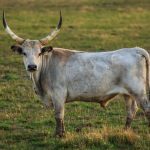 |
| 1. Cat | qett | قط | 2. Dog | kalb | كلب | 3. Bull | tawr | ثور |
 | 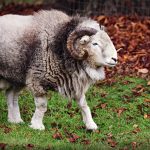 | 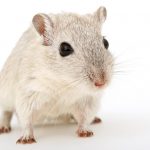 |
| 4. Fox | ta’lab | ثعلب | 5. Sheep | kharouf (m)| خروف | 6. Mouse | fa’r | فأر |
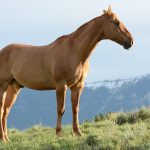 | 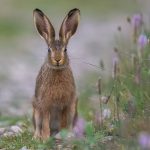 | 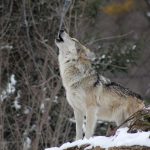 |
| 7. Horse | Hisaan | حصان | 8. Rabbit | Arnab | أرنب | 9. Wolf | Dhi’b | ذئب |
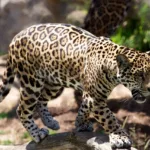 | 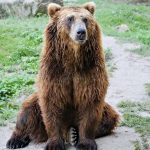 |  |
| 10. Leopard | Namir | نمر | 11. Bear | dob | دب | 12. Tiger | Namir | نمر |
 |  | 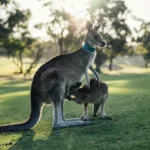 |
| 13. Elephant | feel | فيل | 14. Giraffe | zarafah | زرافة | 15. Kangaroo | Kangaroo | كنغر |
 |  | 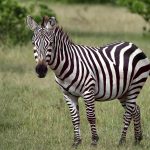 |
| 16. Monkey | qerd | قرد | 17. Panda | Panda | باندا | 18. Zebra | himaarun wahshii | حمار وحشي |
 | 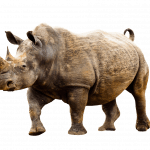 |  |
| 19. Lion | asad | أسد | 20. Rhinoceros | waheed al qarn | وحيد القرن | 21. Hippopotamus | faras annahr | فرس النهر |
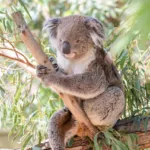 |  |  |
| 22. Koala | Kwala | كوالا | 23. Dolphin | Delfin | دلفين | 24. Deer | ghazal | غزال |
 | 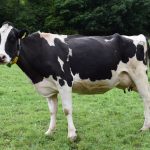 | 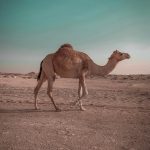 |
| 25. Pangolin | Al banghoul | البَنْغول | 26. Cow | baqarah | بقرة | 27. Camel | jamal | جمل |
 | 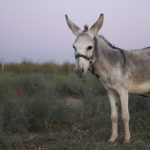 | 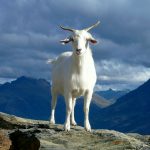 |
| 28. Chimpanzee | Shambanzee | شمبانزي | 29. Donkey | hemaar | حمار | 30. Goat | maa’ez | ماعز |
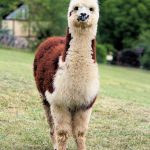 | 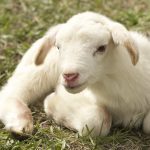 |  |
| 31. Llama | laamah | لامة | 32. Lamb | hamel | حمل | 33. Moose | ayl | أيل |
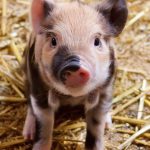 | 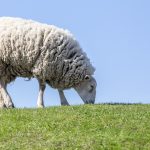 |  |
| 34. Pig | khenzeer | خنزير | 35. Sheep | chat or na’aja (f.) | شاة | 36. Polar bear | dob qotbi| دب قطبي |
 | 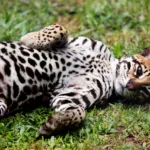 |  |
| 37. Whale | hoot | حوت | 38. Ocelot | Uslut | أصلوت | 39. Walrus | Al fadh | الفظ |
 |  |  |
| 40. Hedgehog | Qonfod | قنفذ | 41. Marmot | Marma | مرموط | 42. Gorilla | Gorilla | غوريلا |
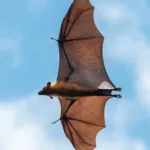 | ||
| Bat | Khoffach | خفاش |
10 usage examples of Mammals Names
Let’s delve into 10 usage examples that showcase various aspects of mammals in Arabic, ranging from scientific facts to fun trivia and everyday phrases.
- Arabic: الفيل هو أكبر حيوان بري Transliteration: Alfeel huwa akbar hayawan baree. English: The elephant is the largest land mammal.
- Arabic: الأسد يعيش في السافانا Transliteration: Alasad ya’ish fil safaana. English: Lions live in the savanna.
- Arabic: الحصان يستخدم للركوب والزراعة Transliteration: Alhasan yستخدمl lilrukoob walzira’a. English: Horses are used for riding and farming.
- Arabic: الدلافين تتميز بذكاء عالٍ Transliteration: Aldalafeen tatamayaz bithaqaa aal. English: Dolphins are known for their high intelligence.
- Arabic: الباندا تأكل الخيزران بشكل رئيسي Transliteration: Albanda taakol alkheyzaran bishakl ra’eesi. English: Pandas primarily eat bamboo.
- Arabic: القردة تستخدم الأدوات للبحث عن الطعام Transliteration: Alqirda tستخدمl al’adawat lilbuhuth ‘an altaa’am. English: Monkeys use tools to search for food.
- Arabic: النمر يستطيع السباحة بشكل جيد Transliteration: Annimr yستطيعl alsibahة bishakl jayid. English: Tigers can swim well.
- Arabic: الخنزير البري يعيش في الغابات والمستنقعات Transliteration: Alkhinzir albaree ya’ish fil ghabeat walmustanaqaa. English: Wild boars live in forests and swamps.
- Arabic: يعتمد القط على لغة الجسم للتواصل Transliteration: Ya’tamid alqitta ‘ala lughat aljism litawasul. English: Cats rely on body language for communication.
- Arabic: الحيوانات تحتاج إلى النوم للحفاظ على صحتها Transliteration: Alhayawanat tahtaaj ‘ila alnawm lilhifaz ‘ala sahataha. English: Animals need sleep to maintain their health.
Conclusion: Empowering Your Language Journey
Exploring Arabic mammal names not only adds new words to your vocabulary but also provides cultural insights into the symbolic importance of these animals in Arabic-speaking communities. Enjoy the beauty of learning a language, and let these newly discovered words contribute to deeper connections and understanding as you progress in your Arabic language journey.
If you enjoyed discovering mammal names in Arabic, you’ll love exploring even more! Dive into our extensive collection of Arabic animal names
Frequently Asked Questions about Arabic Mammal Names
Q: What is the Arabic word for “mammal”?
A: “Mammal” in Arabic is “ثديي” (thadyi).
Q: How do I say “animal” in Arabic?
A: “Animal” is translated as “حيوان” (hayawan) in Arabic.
Q: Can you provide the Arabic name for “whale”?
A: Absolutely! “Whale” in Arabic is “حوت” (hout).
Q: How do I say “fur” in Arabic?
A: “Fur” is expressed as “فراء” (fira’) in Arabic.
Q: What is the Arabic term for “paw”?
A: The Arabic word for “paw” is “كف” (kaf).
Q: How do I pronounce “زرافة” in English?
A: “زرافة” is pronounced as “zarafa” and it means “giraffe” in Arabic.
Q: Can you share the Arabic name for “cheetah”?
A: Certainly! “Cheetah” is “فهد” (fahd) in Arabic.
Q: What is the translation for “trunk” in Arabic?
A: “Trunk” is translated as “خرطوم” (kharṭoom) in Arabic.
